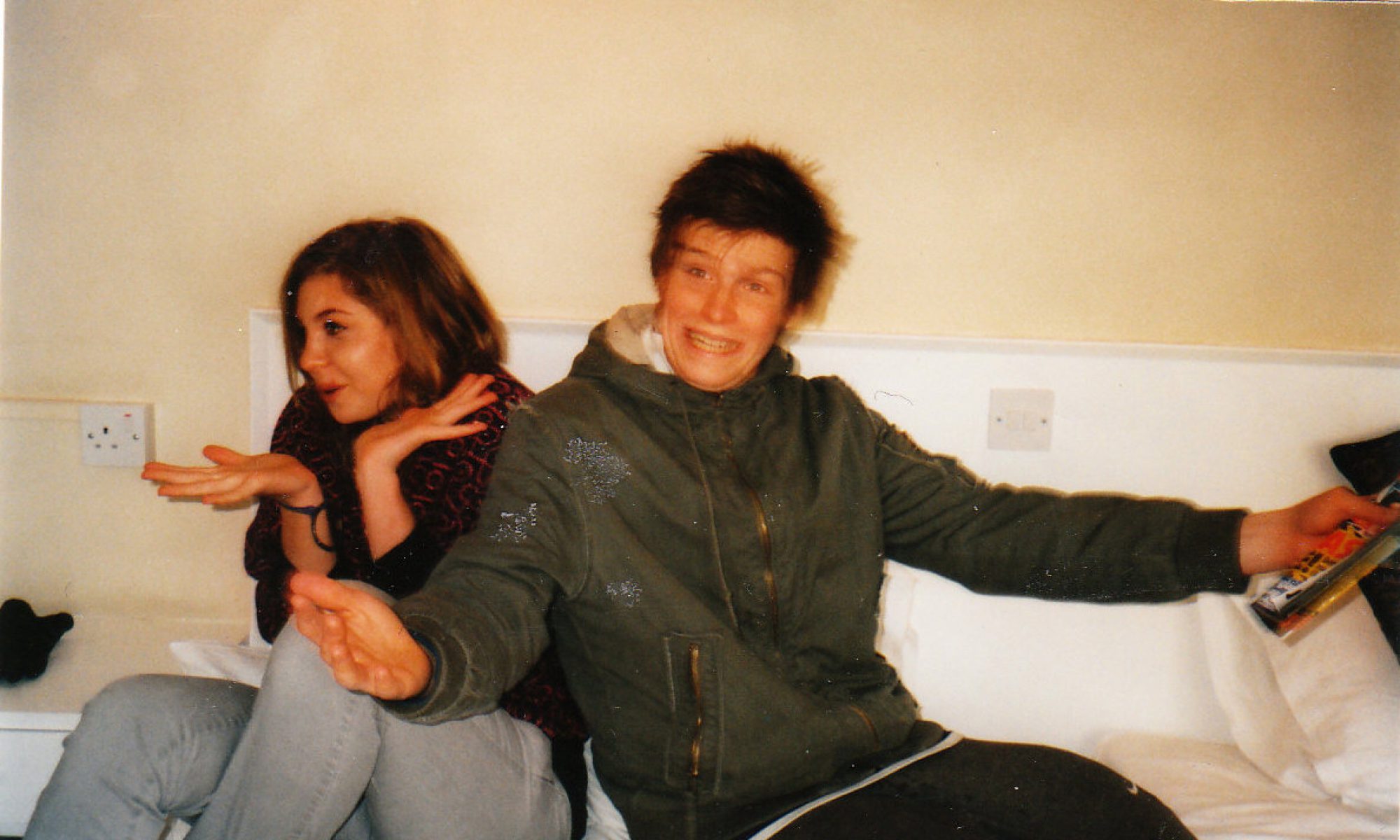This is written by Oliver Burkeman .One of the best things I’ve read in years .
”Bad things have been happening to humans for about 200,000 years, yet we’re apparently as useless as ever at knowing the correct, sympathetic thing to say when they do. One indicator of how tongue-tied we feel is the popularity of the listicles that pop up weekly: “10 things not to say to someone with cancer“; “10 things to never, ever say to a person with depression“; “18 things you shouldn’t say to someone with a massive zit“. Even the professional purveyors of consolation are frequently rubbish. “To suffer a loss like yours means letting go of a beautiful part of your life,” reads one Hallmark sympathy card, as if the recipient might not have realised. I bow to nobody in my disdain for positive thinking, but when a relative had a health scare, the urge to say, “Look on the bright side” proved overpowering. And the other day, over beers with a friend who was separating from her partner, I stopped myself just before “empathetically” mentioning my email backlog. I’m a terrible person. But also, I suspect, a fairly typical one.
Nobody could memorise all those lists of what-not-to-say, but fortunately there’s a simple principle to rely on instead. It’s “the ring theory of kvetching”, so named by the psychologist Susan Silk, writing in the LA Times last year, drawing on her experiences of breast cancer. (When Silk declined one colleague’s visit, pleading exhaustion, she was told, “This isn’t just about you.”) Imagine a series of concentric circles. The person in crisis is at the centre. Her closest friends and family are one ring out; lesser acquaintances in the next ring, and so on. The central person “can kvetch and complain and whine and moan and curse the heavens”. For everyone else, the rule is: “Comfort in, dump out.” They can moan, but only to people farther from the centre. “If you want to scream or cry, if you want to tell someone how shocked you are, [or] how it reminds you of all the terrible things that have happened to you lately, that’s fine. It’s a perfectly normal response. Just do it to someone in a bigger ring.”
Like all the best life-rules, this one seems obvious, yet it’s quite subtle. It accepts that we often feel put-upon by other people’s woes, and affirms our right to vent – just so long as we choose the right listener. And it reveals the common thread linking all those unhelpful comments: “I know how you feel”, “God wouldn’t have let it happen if you couldn’t cope”, etcetera. Deep down, they are motivated not by an urge to comfort the sufferer, but the selfish desire to make matters less awkward for the consoler: to turn the embarrassment of pain into something more manageable.
In her powerful recent memoir The Great Below, Maddy Paxman writes about mourning the death, at age 50, of her husband, the poet Michael Donaghy, and of others’ stumbling efforts to help. One well-wisher tried to find common ground by mentioning the death of a cat. What the ex-cat owner didn’t grasp is that it’s not your job, in such contexts, to try to make things less awful. To use the language of therapy, it’s to help “hold the space” in which feeling awful is OK. And if you genuinely feel awful about your cat, and want to talk about it‚ sure. Just perhaps not right this minute.”

Hear hear !
They should teach this in schools under Emotional Intelligence .
I think you are very patient with some of the tommyrot I have heard said to you
Ah thanks Robina – you have had to put up with your fair share too, xxxx